Introduction:
The roof design,the crowning glory of a structure, serves as a protective barrier against the elements while shaping the overall aesthetic appeal of a building. From ancient thatched roofs to modern architectural marvels, roofs have evolved through the ages, reflecting advancements in technology and design principles. This comprehensive guide will delve into the intricacies of roof design, exploring its architectural significance, functional aspects, and diverse forms.
Architectural Significance of Roof Design:
Table of Contents
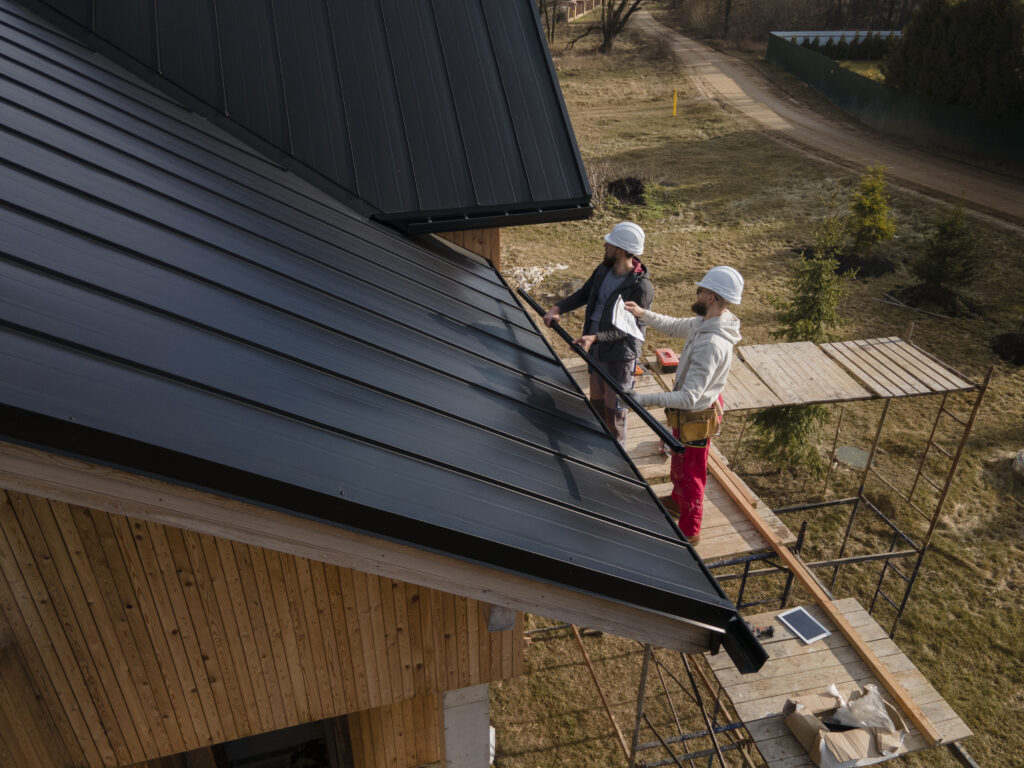
The roof plays a pivotal role in defining the architectural character of a building. Its form, material, and detailing can significantly impact the overall style and expression of a structure. A well-designed roof can elevate a building’s aesthetic appeal, while a poorly executed one can detract from its overall harmony.
Functional Aspects of Roof Design:
Beyond its aesthetic appeal, the roof serves as a crucial functional element, providing protection from the elements and ensuring the structural integrity of a building. It shields the interior from rain, snow, wind, and extreme temperatures, maintaining a comfortable and habitable environment.
Types of Roof Designs:
The realm of roof design encompasses a diverse range of forms, each with its unique characteristics and suitability for different architectural styles and environments. Let’s explore some of the most common roof designs:
1.Gable Roof:
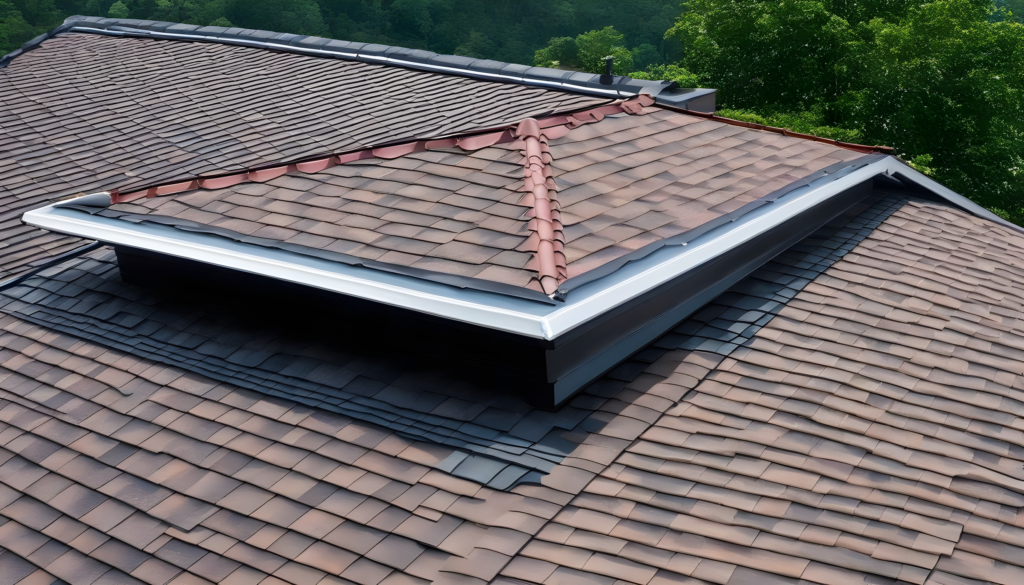
The gable roof, characterized by its triangular shape and two sloping sides, is a classic and versatile design. Its simplicity and effectiveness make it a popular choice for residential and commercial buildings.
2.Hip Roof:

The hip roof features four sloping sides that meet at a central ridge, providing a more streamlined and enclosed appearance. It is often used for larger structures, offering increased resistance to wind and snow.
3.Mansard Roof:

The mansard roof combines two slopes of different angles, creating a more distinctive profile. Its lower slope transitions into a steeper upper slope, providing additional attic space and architectural interest.
4.Flat Roof:
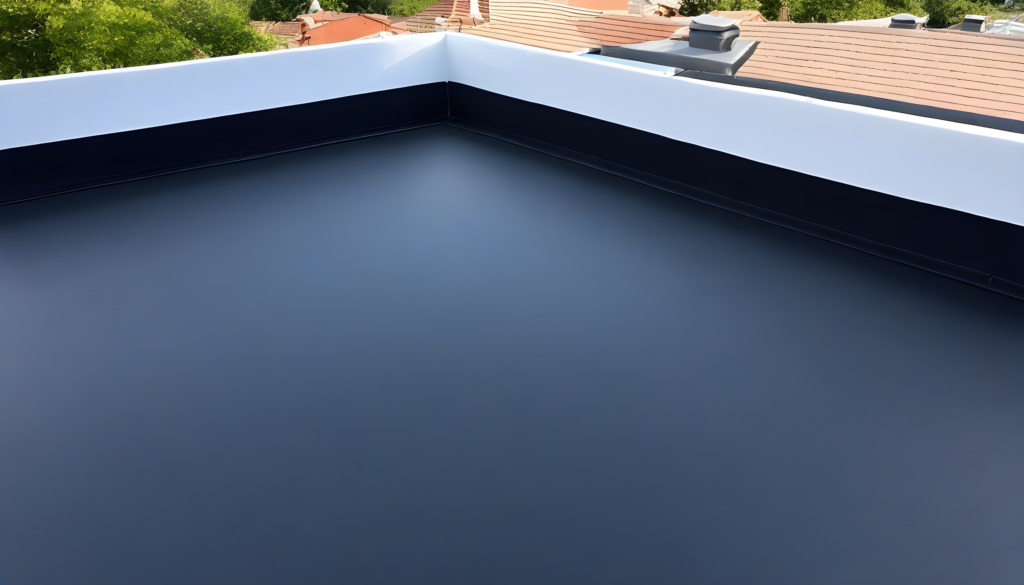
Flat roofs offer a modern and minimalist aesthetic, often seen in contemporary architecture. However, they require careful design and waterproofing considerations to prevent leaks and ensure proper drainage.
5.Shed Roof:

The shed roof, with a single sloping side, presents a simple and utilitarian design. It is commonly used for garages, porches, and other extensions.
Factors Influencing Roof Design:
The selection of an appropriate roof design depends on various factors, including:
Climate: The roof should be designed to withstand the prevailing weather conditions in the region, considering factors like wind loads, snow accumulation, and rain intensity.
Architectural Style: The roof should complement the overall architectural style of the building, harmonizing with its form, materials, and detailing.
Structural Considerations: The roof design should integrate seamlessly with the structural system, ensuring proper load-bearing capacity and stability.
Material Selection: The choice of roofing material depends on factors like durability, aesthetics, cost-effectiveness, and environmental considerations.
Cost: The cost of roof construction varies depending on the complexity of the design, the choice of materials, and the size of the roof area.
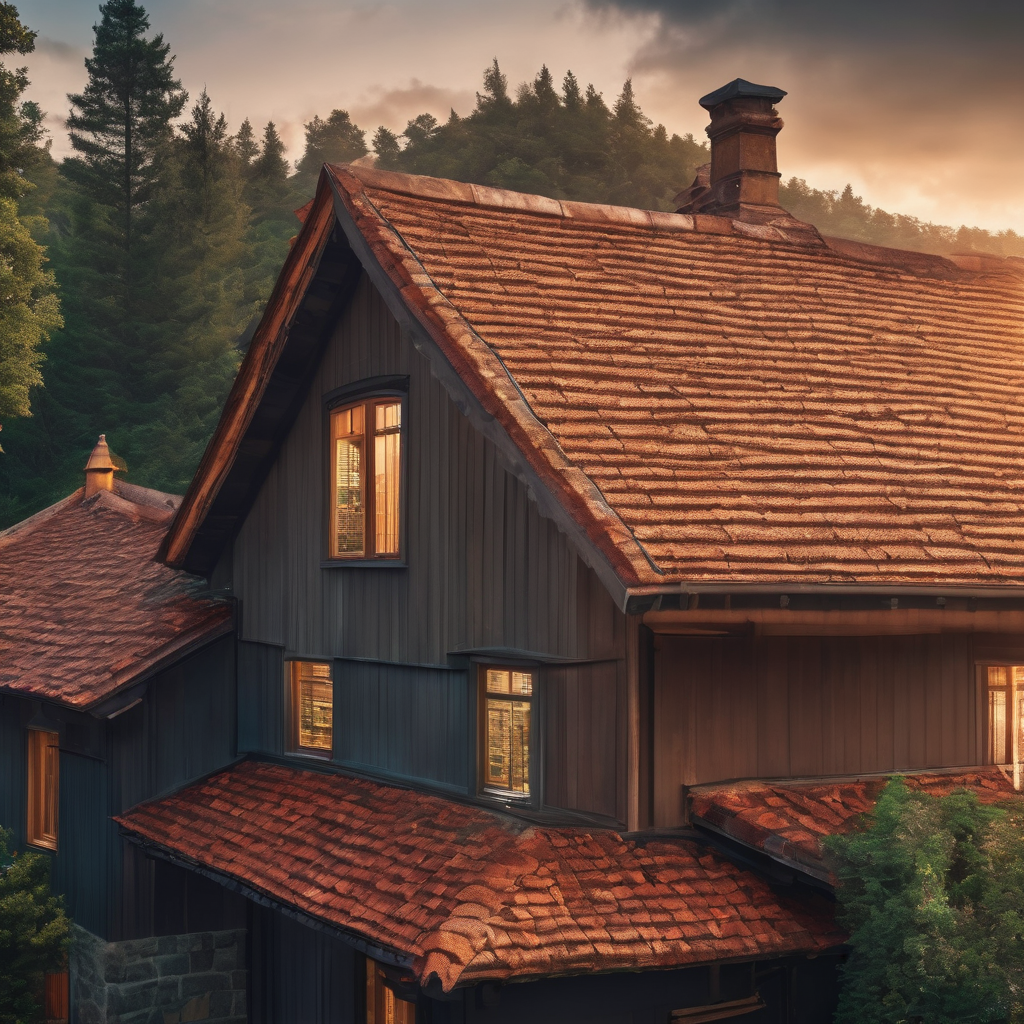
Roof Design: A Journey from Humble Shelter to Architectural Masterpiece
Imagine a world without roofs – a realm of relentless sun, torrential rain, and howling winds. Our homes, our workplaces, our very existence would be at the mercy of the elements. But thanks to the ingenuity of human design, the roof has emerged as a cornerstone of architecture, transforming from a mere shelter into an architectural masterpiece.
The Roof's Evolutionary Journey
The roof’s story begins in the earliest human dwellings, where simple structures of leaves, branches, and animal hides provided rudimentary protection from the elements. As civilizations evolved, so did roof design, incorporating more sophisticated materials and techniques. From the thatched roofs of ancient villages to the majestic timber-framed roofs of medieval cathedrals, the roof has evolved alongside human creativity.
Beyond Protection: The Roof as an Architectural Statement
The roof’s significance extends beyond mere practicality. It has become an architectural symbol, a crowning element that defines the character of a building. From the soaring triangular spires of Gothic cathedrals to the sleek, curved roofs of modern skyscrapers, the roof has become a canvas for architectural expression.

A Symphony of Form and Function
Crafting a well-designed roof is a delicate balancing act between form and function. The roof must not only provide protection from the elements but also harmonize with the overall aesthetic of the building. A well-proportioned roof can elevate a building’s presence, while an ill-conceived one can detract from its overall appeal.
The Roof's Role in Sustainability
In today’s environmentally conscious world, the roof’s role extends beyond aesthetics and functionality. It has become a key element in sustainable design, incorporating features that reduce energy consumption and promote eco-friendliness. Green roofs, for instance, are becoming increasingly popular, providing insulation, reducing stormwater runoff, and even creating habitats for urban wildlife.
The Future of Roof Design
As technology and design continue to evolve, the roof’s potential is limitless. From self-healing materials that repair damage to roofs that generate renewable energy, the future of roof design holds endless possibilities.
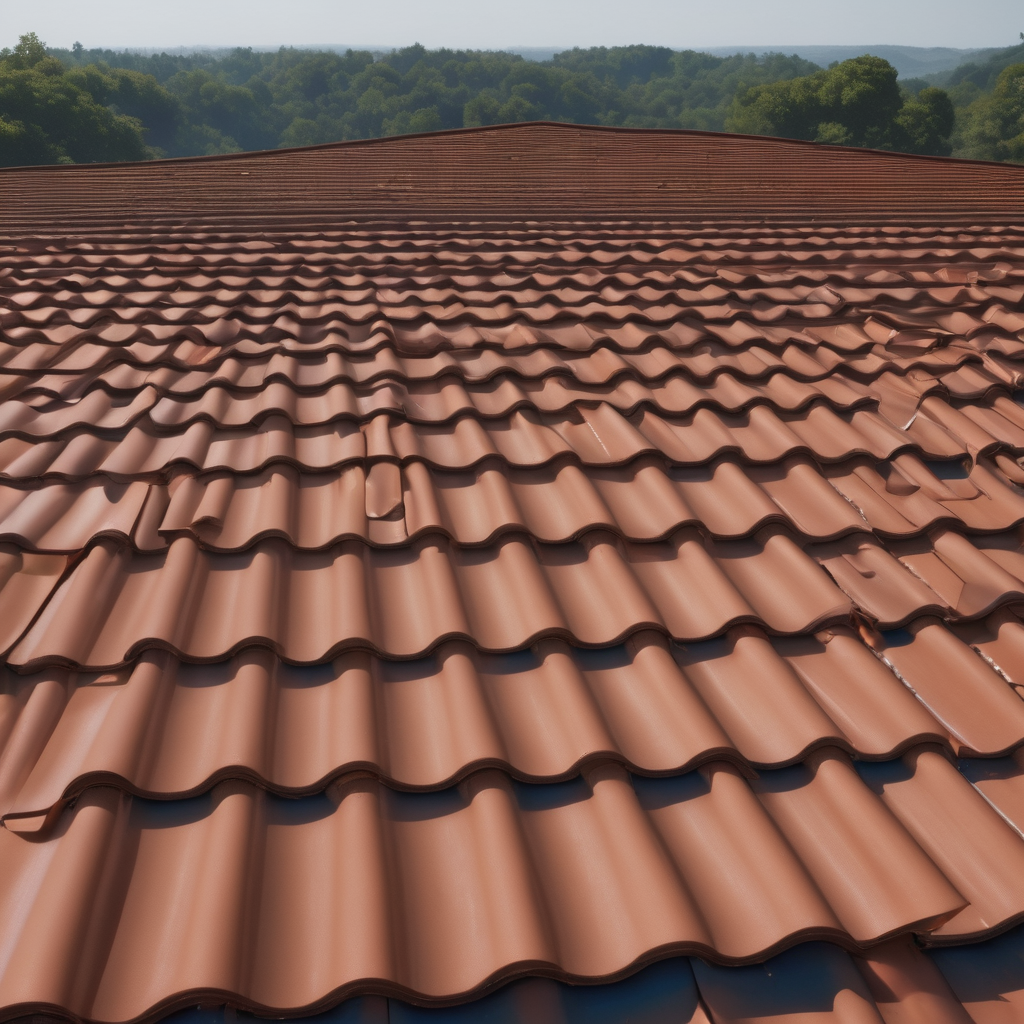
Conclusion: A Testament to Human Ingenuity
The roof, once a humble shelter, has transformed into an architectural marvel, a testament to human ingenuity. Its evolution mirrors our progress as a species, constantly adapting and innovating to meet the challenges and opportunities of our changing world. As we look to the future, the roof will continue to play a pivotal role in shaping our built environment, ensuring that our structures not only provide protection but also embody the spirit of innovation and design that has driven human civilization forward.For additional information, view our window grill design.

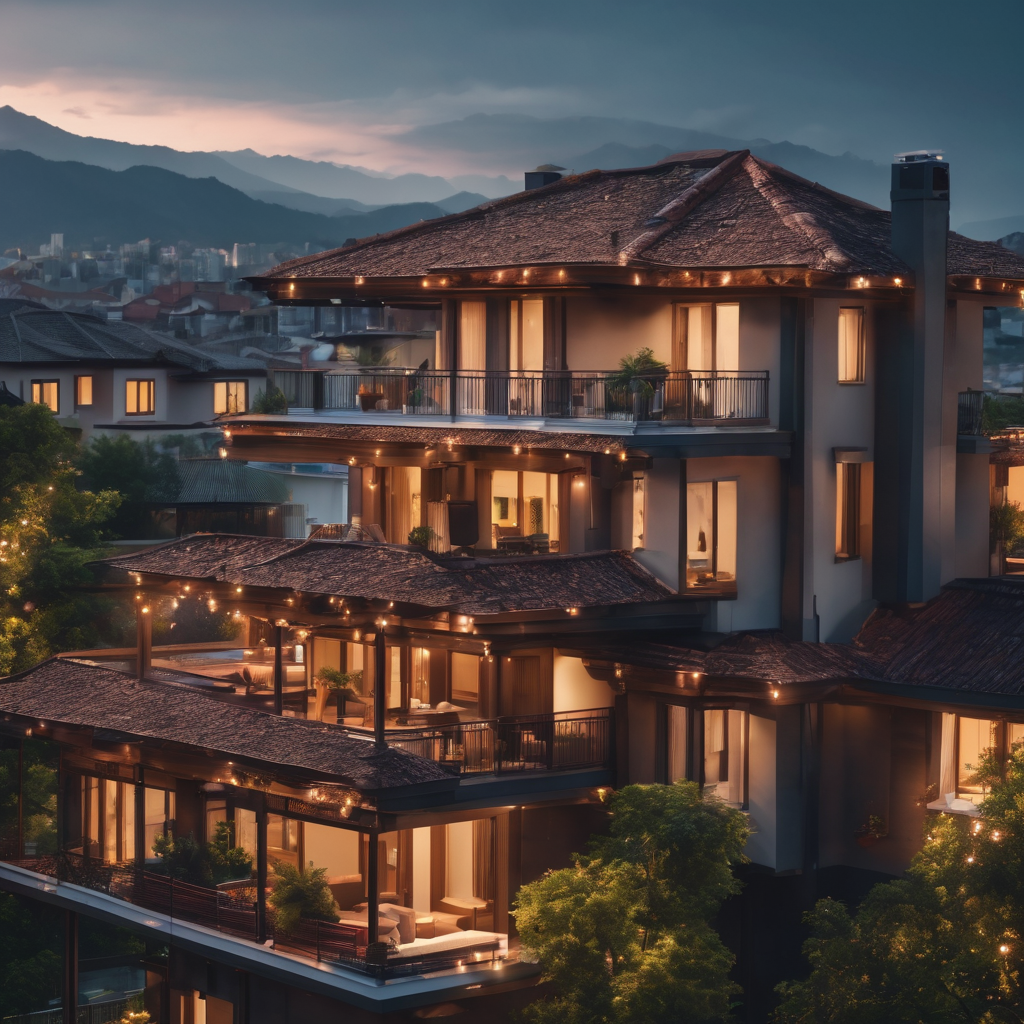
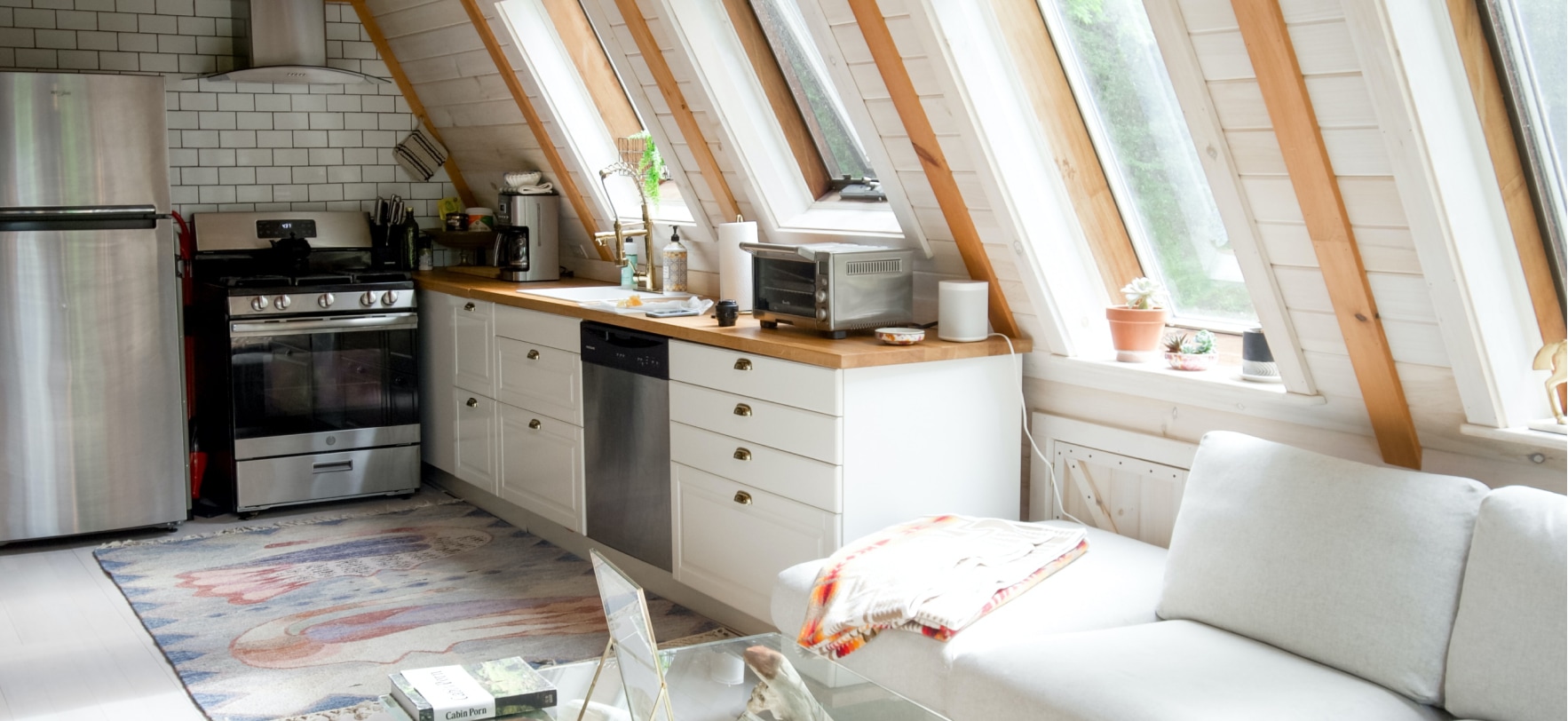
1 thought on “Roof Design Magic 1: Transform Your Home into a Masterpiece”